Three women that dominated the Art world in early 20th century
As mentioned yesterday the Australian Art World of the 1920s was dominated by men, however women began to make an impact. In particular close contemporaries, Thea Proctor, Margaret Preston and Grace Cossington Smith were frequently sources of inspiration and irritation to each other. Their artistic styles, ideologies and use of medium varied widely, but each is considered today to have had a definitive impact on the Australian art scene.
By 1926 female Modernist, Thea Proctor, had established her reputation in the field and she founded the Contemporary Group with George Lambert. Her art and ideas were at the forefront of contemporary art and design in Australia; her authoritative opinions on decoration, colour, interior design, flower arrangement, ballet and fashion were widely published in new journals such as The Home (for which she designed many covers, some of which we saw on yesterday’s blog).
Some examples of her work:
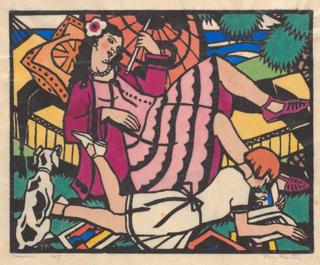
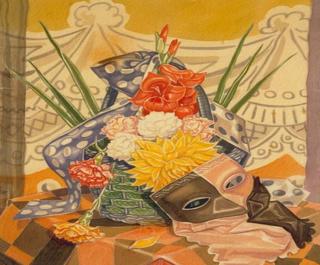
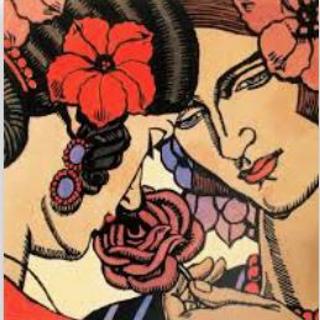
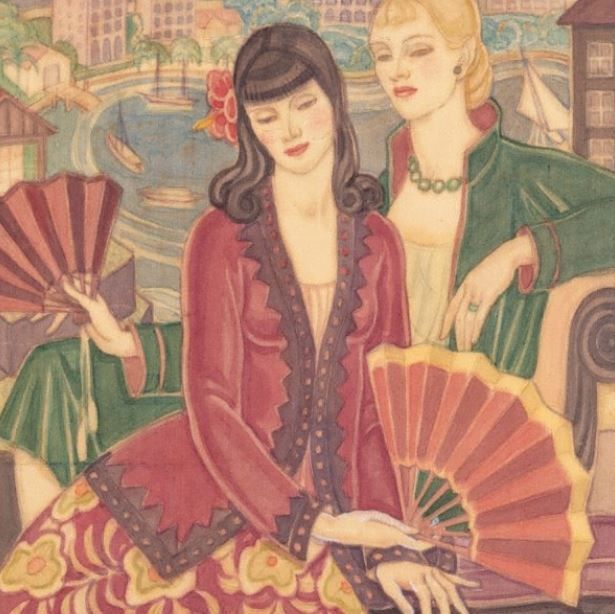
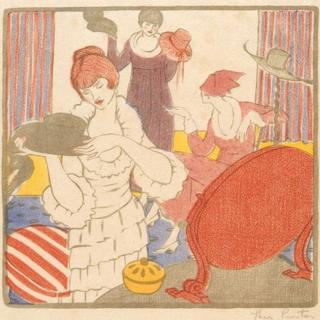
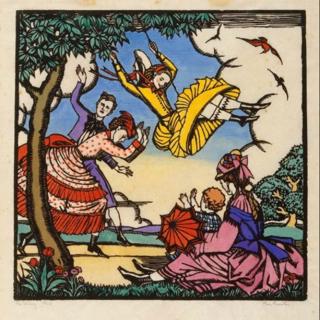
Here George Bell has painted The Conversation (1910) depicting George Lambert and his wife and Thea Proctor, who was known for her beauty. Here we see her with a confident gaze evoking her spirited and innovative nature.
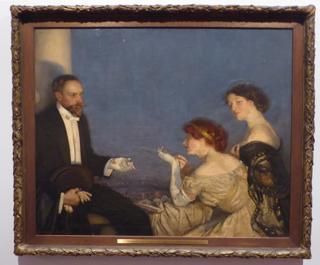
Other 'less orthodox painters' were invited to exhibit with them at Grosvenor Galleries (London), including Grace Cossington Smith. Below is a self portrait (1948) depicting the artist in the prime of her long career. The short brush strokes, laden with paint, build a strong colour portrait, with the artist staring determinedly at the viewer.
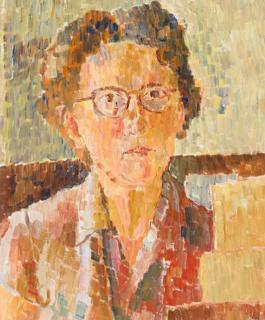
Cossington Smith and the more senior Thea Proctor became close friends and often sought advice from each other on the particular artwork they were creating at the time. Occasionally their art referenced each other, as was the case in Cossington Smith's painting The Lacquer Room, 1935-36 which depicts the cafe that may have been designed by Thea Proctor and certainly reflected her tastes in interior decoration.
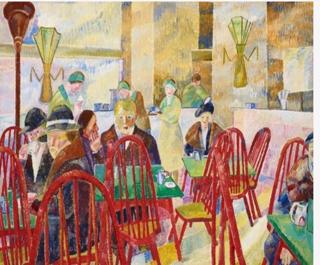
Margaret Preston was only four years older than Thea Proctor and in a rather flamboyant manner the pair had a wonderfully creative and combustive friendship. In the early 1920s both artists were working in a similar vein producing decorative prints with modernist lines and carefully structured compositions and highly developed colour combinations.
Here are two of the artworks included in the exhibition. You will be seeing more of Margaret Preston’s works very soon as she is also a firm favourite of Caroline's.
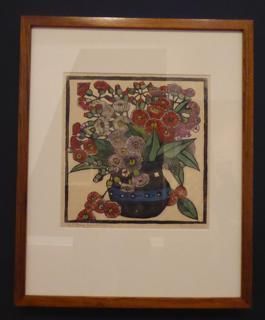
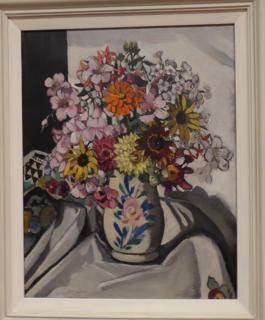
In 1924 they were both included in a combined feature on 'The Gentle Art of Arranging Flowers' in the Home Magazine and the following year their close working relationship was culminated in two print exhibitions, in Sydney and Melbourne. Both artists owned and displayed examples of each other's work in their homes and were clearly interested and stimulated by their varied working techniques and Modernist ideals. However, a much-celebrated falling out between the two artists, prompted by professional jealousy and increasingly disparate ideologies, led to a significant cooling of their friendship.
Proctor, Preston and Cossington Smith were all working within the Modernist tradition in very different ways. Despite the dissimilarity in look and feel between the three, there is one significant similarity - their works are all firmly based in the interior. Cossington Smith is perhaps most famous for capturing in glorious colour the light filled, sunbathed interiors of her home at Turramurra. An example is Interior onto a Garden (1960). Following the death of her father in 1938, she moved from her garden studio to one inside the house, and began painting a series of intimate views of her surroundings offering glimpses in mirrors and through ajar doors and uncurtained windows.
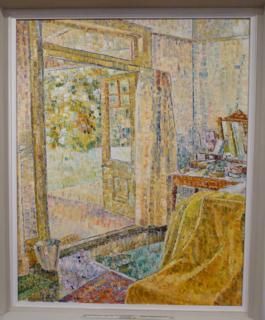
The post-war economy in Australia favoured inexpensive and accessible home decoration. In fact, it was partly because these three women were working substantially in a decorative Modernist format, rather than challenging the male-dominated media of grand large-scale paintings, that their influence is so keenly felt today.
Credits: Unless otherwise stated, text and images taken from www.portrait.gov.au and photos of the artworks at the Ballarat Art Gallery.
A POSTSCRIPT FROM ANNE
Jane's blogs on early women artist have been wonderful haven't they. I will share some thoughts from Julie of Melbourne.
Amazing how everything we take for granted in equality of women nowadays was such a pioneering battle in 1700’s and 1800’s. What a wonderful legacy for us that they did persevere!
Tomorrow we will return with more from Jane but on a different tack as she has just visited had the pleasure of joining a walking tour in Brussels to view some of the Art Nouveau Architectural Works of Victor Horta who was one of the founders of the Art Nouveau Movement.
I know at least two of the subscribers (Julie of Melbourne and Trevor of Canberra) have a particular interest in architecture so tomorrow's blog will be dedicated to them.
